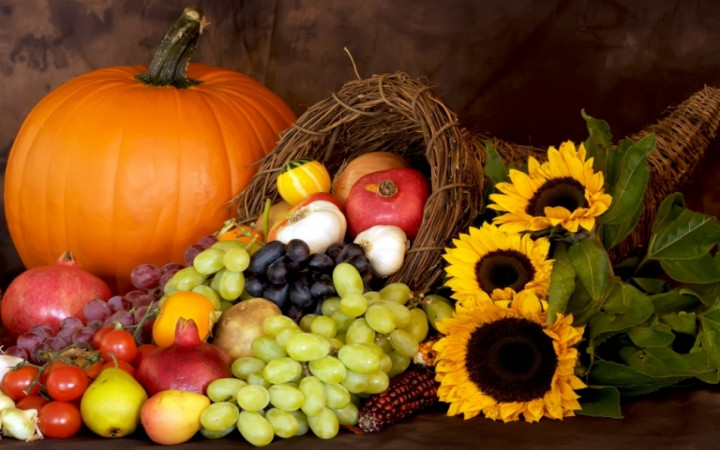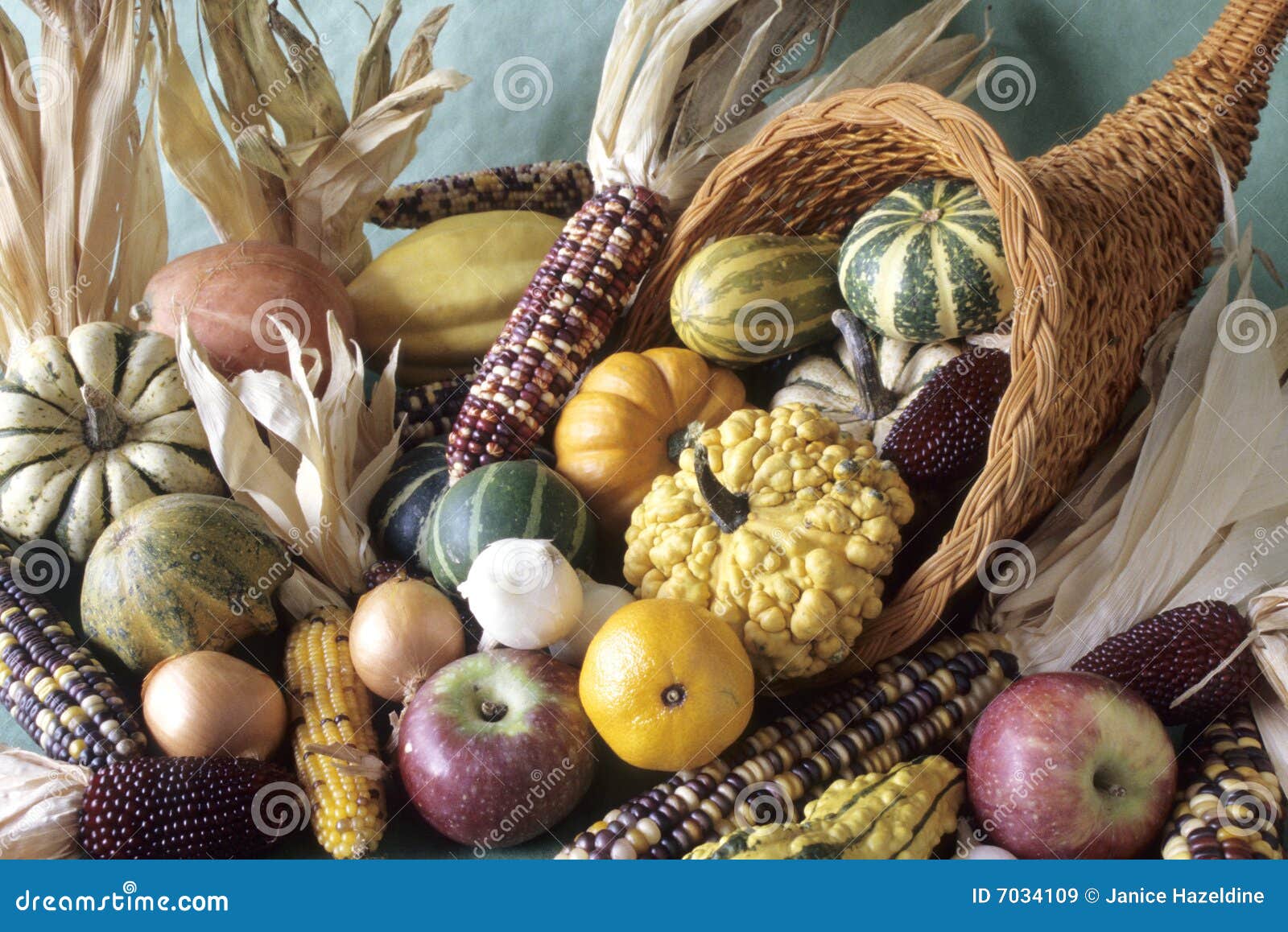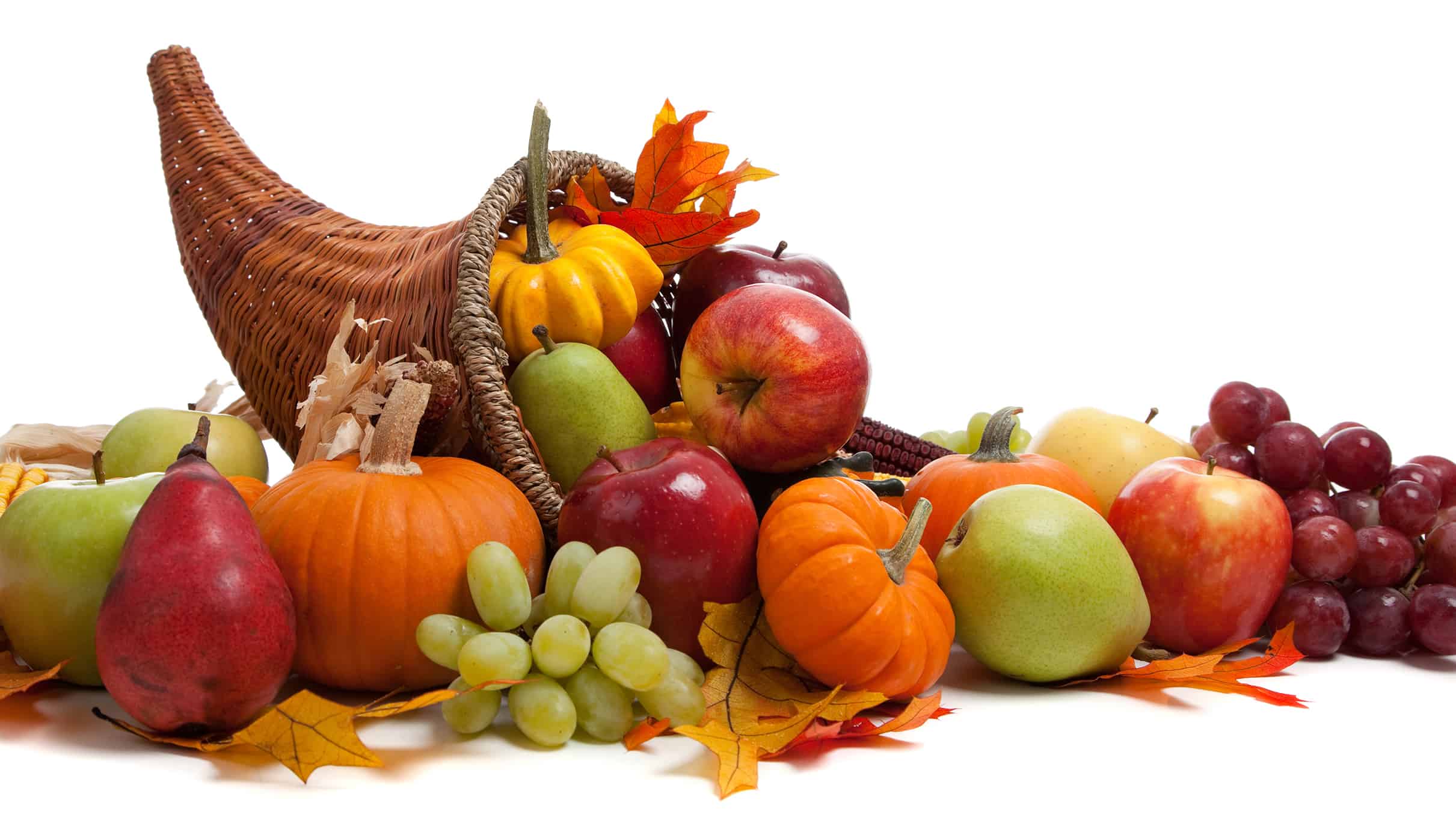Fruit Of The Loom Cornucopia - The Logo Memory Mystery
It is, quite a common experience for many people to have a really strong picture in their minds of the Fruit of the Loom logo having a horn of plenty, often called a cornucopia, sitting right behind the collection of fruit. You might, for example, remember seeing this image on your t-shirts or underwear. This shared recollection is, actually, so widespread that it has become a popular topic of discussion online, with countless individuals swearing they remember this particular detail. It is, in a way, a very curious thing to consider, isn't it, how a visual from a well-known brand can stick so firmly in so many different minds, even if it might not be quite right.
This widespread memory, you know, is a prime illustration of something many folks call the "Mandela Effect." This idea pops up when a large group of people hold onto the same memory of an event or a detail that, as a matter of fact, turns out to be different from how things actually happened. It’s like, you know, a collective mix-up in what we recall. The name itself comes from the widely shared but incorrect belief that Nelson Mandela passed away while still in prison back in the 1980s, when he, in fact, lived much longer and became president. So, too it's almost, the Fruit of the Loom cornucopia memory fits right into this kind of puzzle.
Despite how clear this picture is for so many, the company that makes Fruit of the Loom products has, really, made it clear that a cornucopia has never been a part of its official mark or brand image. They have, basically, stated this many times over the years. This means that while your memory might be very firm, the official record tells a different story. The ongoing talk about this logo, you know, shows just how tricky our memories can be and how easily a widely held idea can take root, even if the facts don't quite line up with it.
Table of Contents
- What's the Story Behind the Fruit of the Loom Cornucopia Memory?
- Did a Fruit of the Loom Cornucopia Ever Really Exist?
- Why Do So Many People Remember the Cornucopia Fruit of the Loom?
- Is the Cornucopia Fruit of the Loom Linked to Old Documents?
- The Cornucopia Fruit of the Loom and Visual Cues
- How Does the Fruit of the Loom Cornucopia Idea Keep Going?
- What About Other Fruit of the Loom Cornucopia Claims?
What's the Story Behind the Fruit of the Loom Cornucopia Memory?
The tale of the Fruit of the Loom logo and the cornucopia is, in some respects, a very well-known instance of what people call the Mandela Effect. This happens when a great many individuals share a clear memory of something that, it turns out, never actually took place. For the Fruit of the Loom mark, millions of people all over the world hold a strong image of a horn of plenty, that basket-like shape filled with good things, sitting right behind the fruit collection in the company's well-known picture. This widespread belief has, you know, led to a lot of discussion and head-scratching over the years. It's a bit like a shared dream that everyone wakes up from, only to find it wasn't quite real in the first place. The sheer number of people who remember this detail is, frankly, what makes this particular memory so interesting and a bit puzzling for those who look into such things.
This particular memory, you know, has seen a new wave of interest online, especially around late 2023. A lot of this renewed attention came from a video shared on a popular social media platform, where someone claimed to have proof of the cornucopia being there. These videos, you see, often get a lot of views and shares, which then makes more and more people wonder about their own recollections. The web page that looks into these kinds of stories, Snopes, has, in fact, looked into this specific claim and found it to be a made-up story. They have, in a way, worked to set the record straight by checking old advertisements and company papers. This ongoing talk about the logo, you know, really shows how easily information, or even misinformation, can spread and become part of what many people believe to be true, even when it isn't.
Did a Fruit of the Loom Cornucopia Ever Really Exist?
The company that owns the Fruit of the Loom brand has, quite consistently, stated that a cornucopia has never been a part of its official mark. Despite many claims and very strong beliefs from people who remember it, the company has, basically, stood firm on this point. They have, in fact, said that this old symbol, the horn of plenty, has never been used in their logo or as part of their brand identity. This goes against what a lot of folks vividly recall seeing. It's a situation where, you know, what people hold in their minds as a clear memory does not match up with the company's own records and history. This makes it a fascinating case for those who study how our shared memories can sometimes go a bit off track. The company's stance is, in a way, quite direct and leaves little room for doubt from their side.
To back up their position, groups like Snopes have, you know, gone through a lot of old materials. They have, for example, put together a long list of every Fruit of the Loom advertisement that ran in print over the company's long history. After looking at all these old ads, they found that, sure enough, none of them ever showed a logo with a cornucopia. This kind of careful checking of old records is, actually, how they work to figure out what's true and what's not. So, while many people might feel very certain about their memory of the cornucopia fruit of the loom, the evidence from the past, you know, does not support that idea. It's a clear instance of how official records can sometimes tell a different story than what our minds hold onto.
Why Do So Many People Remember the Cornucopia Fruit of the Loom?
One of the main reasons so many people recall the cornucopia fruit of the loom is, basically, due to the Mandela Effect. This is a situation where a lot of people have the same incorrect memory. It's a bit like, you know, a glitch in our collective memory system. The human mind is, in some respects, a very complex thing, and how we store and recall information can sometimes lead to these kinds of shared mix-ups. The idea that a horn of plenty was there behind the fruit seems to be, for many, a very natural fit for the logo, perhaps because it goes along with the idea of abundance and nature that the fruit itself suggests. This mental connection might, in a way, help to create and keep the false memory alive for so many people.
The internet, too it's almost, has played a big part in spreading and strengthening this particular memory. When someone posts about their memory of the cornucopia, others who share that same memory often jump in to agree. This creates a kind of echo chamber where the idea gets reinforced, even if it's not based on facts. A video on a popular platform, for instance, in late 2023, brought this topic back into the spotlight, causing many more people to question what they remembered. This kind of online sharing can, you know, make a false memory seem even more real because so many people are talking about it and agreeing with it. It's a powerful example of how collective memory can, in a way, be shaped and changed by what we see and hear from others, especially online.
Is the Cornucopia Fruit of the Loom Linked to Old Documents?
There was, you know, a specific paper about a patent that some folks brought up to try and show that the Fruit of the Loom mark once had a cornucopia. This document was, actually, meant to back up a legal idea. However, when people looked closer, it turned out that this particular paper was for an application that did not go through. It was, in fact, swapped out for another one later on. So, while a document did exist and was talked about in connection with the logo, it didn't, basically, prove that the cornucopia was ever part of the real, official mark. This shows that sometimes, even when a piece of paper is brought forward, it might not tell the full story or might be misunderstood. It's a good reminder to, you know, look at all the details before coming to a conclusion.
The fact that this patent application was, in a way, a failed one, or superseded by another, is an important detail. It means that whatever was in that application, including any design ideas, never became the official, protected logo. So, while someone might have, perhaps, at one point thought about including a cornucopia in a design idea, it never made it to the final, accepted version of the Fruit of the Loom mark. This kind of detail, you know, often gets missed when people are quickly sharing information online. It’s a bit like seeing a rough sketch for a painting and thinking it's the finished artwork. The actual history of the brand's image, you know, tells a different tale, one without the horn of plenty.
The Cornucopia Fruit of the Loom and Visual Cues
Some people suggest that there are, in fact, visual cues within the actual Fruit of the Loom logo that might lead to the cornucopia memory. If you look closely at the logo, you can, perhaps, spot some bits of brown material. These bits are, basically, a little hard to make out clearly. From a distance, or when you're just glancing at something you don't often really study, it's pretty easy to, you know, imagine these unclear brown items as being part of a cornucopia shape. Our brains are, in a way, very good at filling in the gaps and making sense of incomplete pictures, and this might be what's happening here. This visual trick can, arguably, make the false memory feel even more real and understandable for many.
Also, if you do a quick search for images of "cornucopia clipart" online, you'll see many pictures that look quite similar to the Fruit of the Loom logo's overall feel, especially in terms of colors. This visual likeness, you know, can add to the confusion. When people see other images that combine fruit and a cornucopia with a similar look, it might reinforce the idea that the Fruit of the Loom logo also had one. It's like, you know, our minds are making connections between things that look alike, even if those connections aren't actually there in the original logo. This makes it, in some respects, quite easy to see why so many people get mixed up about the cornucopia fruit of the loom.
How Does the Fruit of the Loom Cornucopia Idea Keep Going?
The idea of the cornucopia fruit of the loom keeps going, in part, because of how our collective memory works. When a lot of people share the same false memory, it becomes, basically, a very strong idea that is hard to shake. It’s not just one person misremembering; it’s millions. This widespread agreement can make the memory feel incredibly real and true, even when facts show otherwise. The ongoing talks and debates about it, you know, also help to keep the idea alive. Every time someone posts a video or an article about it, it brings the topic back into people's minds, allowing the memory to be shared and reinforced again and again. This makes it, in a way, a very persistent and enduring mystery for many.
The company itself has, in fact, tried to address this widespread misunderstanding. In 2018, for example, there was a marketing effort that aimed to make its design history very clear and to help people trust the brand's identity. This was an attempt to, you know, clarify things and show that the logo has been consistent over time. Despite these efforts, the memory of the cornucopia still holds a strong place in many people's minds. This just goes to show, in a way, how powerful collective memory can be, even when a company tries to set the record straight. It’s a very interesting example of how brand identity and public perception can, you know, sometimes diverge quite a bit.
What About Other Fruit of the Loom Cornucopia Claims?
Beyond the cornucopia fruit of the loom logo memory, the internet is, in fact, prone to other false claims linked to the brand. For instance, there was a false story going around that Fruit of the Loom was involved in a chemical issue in Michigan back in the 1970s. This kind of claim, you know, can spread quickly online and cause unnecessary worry. However, just like the cornucopia story, this allegation has also been shown to be untrue. Web pages that check facts, like Snopes, have, basically, looked into these kinds of stories and found them to be without basis. It’s important to, you know, remember that not everything we read or see online is accurate, and it's always good to check information from reliable sources.
The tendency for people to misremember logos is, in some respects, a common phenomenon, not just with Fruit of the Loom. It happens with other well-known brands too. This pattern, you know, is part of what makes the Mandela Effect such a widely discussed topic. It highlights how our brains process and store visual information, and how easily those processes can, perhaps, lead to shared, yet incorrect, recollections. So, while the cornucopia fruit of the loom is a very famous instance, it’s just one example of how our minds can, in a way, play tricks on us when it comes to remembering small details about things we see often. It’s a reminder that what we remember isn't always, actually, what truly happened.
This article has looked into the widespread memory of a cornucopia in the Fruit of the Loom logo, a well-known example of the Mandela Effect. We discussed how many people vividly recall this detail, despite the company's consistent statements that it has never been part of their official mark. We explored how factors like old, failed patent documents, subtle visual elements within the logo itself, and the rapid spread of information on platforms like TikTok may contribute to this shared, yet incorrect, recollection. The piece also touched on other false claims related to the brand, highlighting the general tendency for collective memory to sometimes be distorted. It showed how fact-checking efforts by organizations like Snopes have worked to clarify these misunderstandings, and how the company itself has tried to address public perception.
- Did John Cena Died
- Michael Houston Family Latest
- Nikola Jokic Siblings
- Lainey Wilson Dumptruck
- Actress Sarah Wright

Thanksgiving Cornucopia Basket

Cornucopia Stock Photography | CartoonDealer.com #3078530

Hades Cornucopia